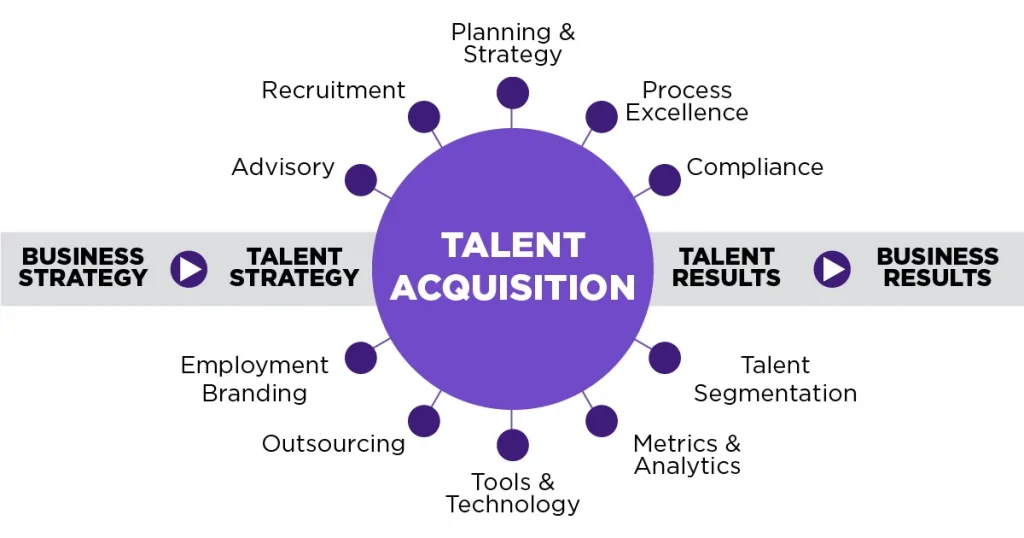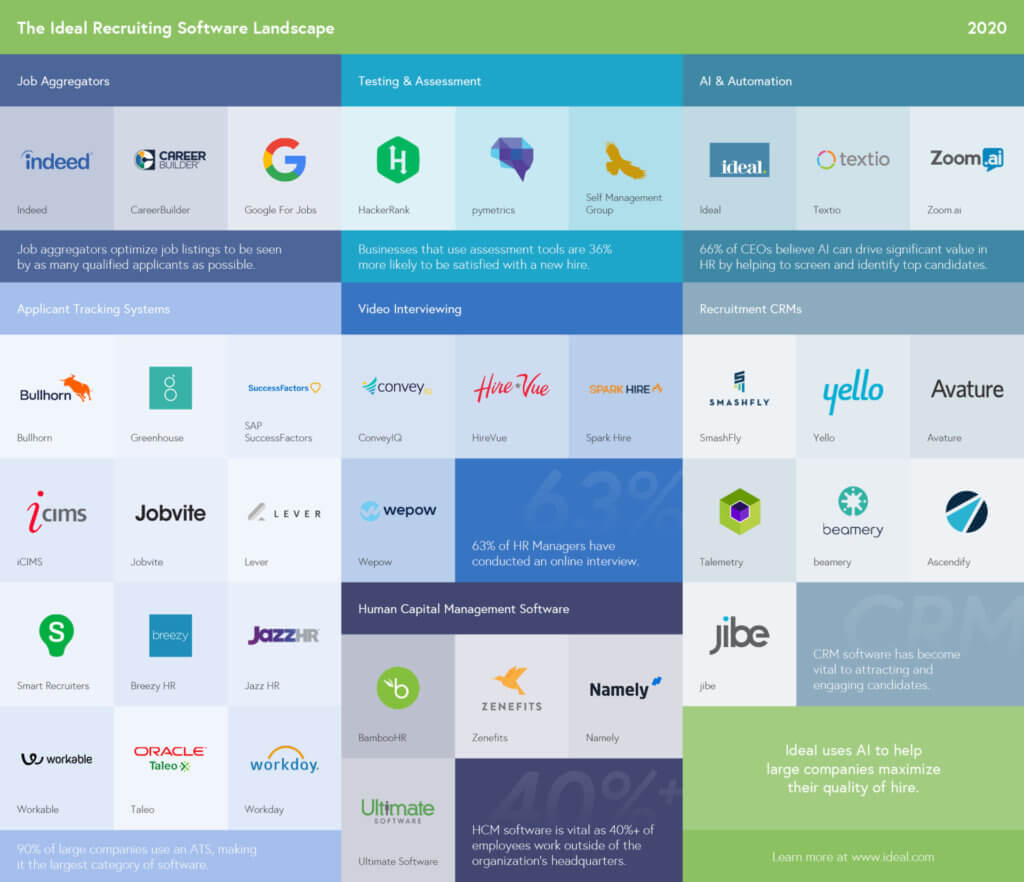QuickBooks Payroll: An In-Depth Review for Business Decision-Makers
Feature Spotlight:
- Automated Payroll Processing: QuickBooks boasts seamless payroll automation, from calculating wages and deductions to filing and paying taxes. This eliminates manual calculations, ensuring accuracy and saving valuable time.
- Tax Compliance: The software handles federal, state, and local tax calculations and filings, minimizing the risk of errors and penalties. Automatic W-2 and 1099 generation further streamlines tax season.
- Direct Deposit & Payroll Cards: Employees can receive their earnings through fast and secure direct deposit or opt for prepaid payroll cards, offering flexibility and convenience.
- Employee Self-Service Portal: Employees gain access to paystubs, W-2s, and other tax documents through a secure online portal, reducing administrative overhead for HR teams.
- Multiple Payment Options: Pay employees via ACH, check, or payroll cards, catering to diverse preferences.
- Benefits Administration: Automate benefits administration, including deductions for health insurance, retirement plans, and other employee benefits.
- Time Tracking Integration: Integrate with popular time tracking tools to streamline payroll processing and eliminate manual data entry.
- Reporting & Analytics: Gain valuable insights into payroll performance with detailed reports on wages, taxes, deductions, and employee costs.
QuickBooks Payroll operates on a cloud-based platform, ensuring accessibility from any device with an internet connection. This eliminates the need for software installation and maintenance, and updates are automatically deployed, keeping your system current. The platform boasts robust security features, safeguarding sensitive employee data.
Pricing & Plans:
QuickBooks Payroll Plan Comparison
| Feature | Core Plan | Premier Plan | Elite Plan |
|---|---|---|---|
| Payroll runs | Unlimited | Unlimited | Unlimited |
| Employee limit | 50 | 100 | 500 |
| Direct deposit | Yes | Yes | Yes |
| Payroll taxes | Yes | Yes | Yes |
| Employee self-service | Yes | Yes | Yes |
| Benefits administration | No | Yes | Yes |
| Multiple pay rates | No | Yes | Yes |
| Time tracking integration | No | Yes | Yes |
| Payroll forms (W-2, 1099) | Yes | Yes | Yes |
| Starting price per month | $45 | $75 | $125 |
QuickBooks Payroll offers three tiered plans: Core, Premier, and Elite. The Core plan caters to basic payroll needs for businesses with up to 50 employees, while Premier and Elite offer additional features like benefits administration, multiple pay rates, and employee onboarding tools. The pricing structure is based on a per-employee, per-month fee, making it a scalable option for businesses of all sizes.
Integrations:
QuickBooks Payroll Integrations
| Category | Integrations |
|---|---|
| Time Tracking | TSheets, Clockify, QuickBooks Time |
| HR Systems | BambooHR, Zenefits, Gusto |
| Benefits Administration | Gusto, Zenefits, ADP TotalSource |
| Accounting Software | QuickBooks Online, QuickBooks Desktop |
QuickBooks Payroll seamlessly integrates with QuickBooks Online, providing a unified platform for accounting and payroll. It also integrates with popular third-party tools like time tracking software, HR systems, and employee benefits providers, creating a connected ecosystem for streamlined operations.
Strengths & Advantages:
- Ease of Use: QuickBooks boasts a user-friendly interface, making it accessible even for non-technical users. The intuitive layout and step-by-step guides make payroll processing a breeze.
- Scalability: The tiered pricing structure and flexible plans cater to businesses of all sizes, from startups to established companies.
- Compliance & Accuracy: QuickBooks ensures accurate tax calculations and filings, minimizing the risk of errors and penalties.
- Automation & Efficiency: Streamlined payroll automation saves time and reduces manual errors, improving operational efficiency.
- Integrations: The software integrates seamlessly with other business tools, creating a connected ecosystem for smooth workflows.
Limitations & Considerations:
- Cost: While competitive, QuickBooks Payroll can be more expensive than some basic payroll software options, especially for businesses with a large number of employees.
- Limited Customization: The software offers less customization than some enterprise-level payroll solutions.
- Limited International Support: QuickBooks Payroll primarily caters to businesses operating in the United States, with limited functionality for international operations.
Who Should Consider QuickBooks Payroll?
QuickBooks Payroll is an ideal solution for small and medium-sized businesses (SMBs) looking for a user-friendly, feature-rich payroll solution. It is particularly well-suited for businesses already using QuickBooks Online, as the integration provides a unified platform for accounting and payroll. However, larger enterprises with complex payroll needs or international operations may require a more robust and customizable solution.
Having covered the core features and strengths of QuickBooks Payroll, let’s dive deeper into the specific functionalities and explore how they address diverse business needs.
1. Payroll Processing:
- Multiple Pay Rates & Overtime: Manage complex pay structures with regular, hourly, overtime, and bonus pay rates. Configure automatic overtime calculations based on defined thresholds and pay rules.
- Garnerments & Deductions: Automate deductions for garnishments, child support, and other court-ordered payments. Track and manage pre-tax and post-tax deductions for various benefits and contributions.
- Multiple Pay Schedules: Accommodate diverse pay schedules, including weekly, bi-weekly, semi-monthly, and monthly payroll runs. Set up scheduled payroll runs for automatic processing, saving time and ensuring timely payments.
- Employee Onboarding & Offboarding: Simplify the onboarding process with automated welcome emails, document collection, and tax form setup. Streamline offboarding with automatic termination calculations and final pay processing.
2. Tax Compliance & Reporting:
- Federal, State, & Local Tax Filings: Automatically calculate and file federal, state, and local payroll taxes, including income taxes, Social Security, Medicare, and unemployment taxes.
- Tax Forms & Reports: Generate accurate W-2s, 1099s, and other tax forms for employees and contractors. Access detailed reports on tax liabilities, payments, and withholdings for comprehensive tax management.
- Tax Audit Support: Gain access to dedicated tax support specialists in case of audits or tax inquiries. QuickBooks Payroll provides resources and guidance to help businesses navigate the tax compliance process.
- Multiple Tax Jurisdictions: Manage payroll for employees across different states and localities, ensuring accurate tax calculations and filings based on local regulations.
3. Benefits Administration:
- Health Insurance: Integrate with popular health insurance providers to automate enrollment, premium deductions, and COBRA administration. Track employee contributions and employer contributions for health insurance plans.
- Retirement Plans: Simplify retirement plan administration with automatic deductions for 401(k), 403(b), and other retirement savings plans. Integrate with retirement plan providers for streamlined reporting and compliance.
- Flexible Spending Accounts (FSAs): Manage FSAs for dependent care and health care expenses. Automate contributions, track balances, and generate reports for FSA administration.
- Paid Time Off (PTO): Track and manage PTO accruals, vacation time, sick leave, and other leave types. Configure automatic PTO accruals based on employee contracts and policies.
4. Time Tracking Integration:
- Seamless Integration with Popular Time Tracking Tools: Connect QuickBooks Payroll with time tracking software like TSheets, Clockify, and Harvest. Import time punches and hours worked directly into payroll for accurate pay calculations.
- Multi-Location Support: Manage time tracking and payroll for employees across different locations with features like geofencing and location-based punch-in/out options.
- Project Tracking & Costing: Track time spent on specific projects and jobs for better cost allocation and project management. Generate reports to analyze employee productivity and project costs.
- Payroll Rules & Overtime Management: Define specific payroll rules based on time tracking data, such as overtime calculations, meal breaks, and shift differentials.
5. Advanced Reporting & Analytics:
- Customizable Reports: Generate custom reports on various payroll metrics, including wages, taxes, deductions, employee costs, and benefits contributions. Drill down into specific data points for deeper analysis.
- Payroll Trends & Insights: Gain valuable insights into payroll trends over time, such as employee turnover, cost per employee, and overtime usage. Utilize these insights to make informed decisions about staffing, compensation, and other HR initiatives.
- Employee Performance Tracking: Track individual and team performance based on payroll data and time tracking integrations. Identify areas for improvement and optimize employee productivity.
- Budgeting & Forecasting: Utilize payroll data and reporting to create accurate budgets and forecasts for future payroll expenses. This helps in better financial planning and resource allocation.
6. Security & Compliance:
- Multi-layered Security: QuickBooks Payroll employs robust security measures, including data encryption, access controls, and audit trails to protect sensitive employee data.
- PCI DSS Compliance: The platform is compliant with Payment Card Industry Data Security Standards (PCI DSS) for secure credit card processing and employee payment protection.
- Regular System Updates: QuickBooks Payroll receives regular automatic updates to ensure the latest security patches and compliance with evolving regulations.
- Data Backup & Disaster Recovery: Secure and automatic data backups are in place to protect against data loss or system outages. Disaster recovery plans ensure business continuity even in unforeseen circumstances.
Integrations Galore:
- Time tracking integration: Dive deep into popular time tracking tools like TSheets and Clockify, analyzing data syncing, automatic payroll calculations, and potential integration challenges.
- HR information systems: Explore the benefits of integrating with HRIS platforms like BambooHR or Zenefits for streamlined employee data management and onboarding processes.
- Benefits administration tools: Examine how QuickBooks integrates with benefits providers like Gusto or Zenefits for automatic deductions and enrollment management.
- Accounting software beyond QuickBooks Online: Analyze the limitations and potential workarounds for integrating QuickBooks Payroll with other accounting platforms like Sage or Zoho Books.
Strengths & Advantages – Unveiling the Nuances:
- Ease of Use – Beyond the Surface: Dig deeper into user-friendly features like guided setup wizards, context-sensitive help, and readily available customer support resources.
- Scalability – Exploring the Flexibility: Analyze how QuickBooks scales to accommodate business growth, including data migration options and plan upgrades.
- Compliance & Accuracy – Unveiling the Safety Net: Explain the multi-layered approach to compliance, including automatic tax updates, error checks, and audit trails.
- Automation & Efficiency – Quantifying the Time Savings: Provide real-world examples of how automation features save time and improve payroll accuracy.
- Integrations – Beyond Convenience: Analyze the deeper strategic benefits of seamless integrations, such as data consistency and improved workflow efficiency.
Limitations & Considerations – A Deeper Look:
- Cost – Breaking Down the Numbers: Provide detailed cost breakdowns for each plan tier, including additional fees for features, employee count, and integrations.
- Limited Customization – Exploring Workarounds: Analyze the limitations of customization options for reports, forms, and user permissions, suggesting potential workarounds or alternative solutions.
- Limited International Support – Finding Solutions: Explore alternative payroll solutions for businesses with international operations or complex global tax requirements.
Alternatives & Comparisons:
- Intuit Payroll vs. Gusto: Dive into a head-to-head comparison, analyzing strengths and weaknesses in areas like feature sets, pricing, user experience, and customer support.
- QuickBooks Payroll vs. ADP Payroll: Compare the suitability for larger enterprises, focusing on scalability, customization options, and advanced reporting capabilities.
- QuickBooks Payroll vs. Paychex: Analyze the advantages and disadvantages for businesses with geographically dispersed employees or complex pay structures.
Beyond the Basics: Advanced Features & Functionality:
- Garnishments and deductions: Explore the nuances of managing court-ordered garnishments, child support deductions, and student loan repayments through QuickBooks Payroll.
- Employee onboarding and offboarding: Analyze the streamlined onboarding process, including new hire paperwork, tax form collection, and automatic payroll setup.
- Leave management and time-off tracking: Examine the optional add-on module for managing vacation, sick leave, and other paid time off, including accrual calculations and reporting.
- Customizable reports and analytics: Dive into the reporting capabilities, analyzing pre-built reports, custom report creation options, and data export functionalities.
- API access and automation: Explore the potential for developers to integrate QuickBooks Payroll with custom applications and automate specific workflows.
Unveiling the Hidden Gems:
- Payroll data security and compliance: Explain the robust security measures in place to protect employee data, including data encryption, access controls, and industry-standard compliance certifications.
- Customer support and training resources: Analyze the available support options, including phone, email, live chat, and self-service resources like knowledge base articles and video tutorials.
- Community and user forums: Discuss the active user community and online forums where users can share tips, troubleshoot issues, and learn from each other’s experiences.
- Mobile app and on-the-go access: Explore the functionality and limitations of the mobile app for both employees and HR administrators to access payroll information and perform essential tasks on the go.
- Future roadmap and upcoming features: Discuss potential upcoming features and enhancements, such as international payroll support, advanced analytics, and expanded integrations.
The Verdict: Making an Informed Decision:
- Weighing the pros and cons: Summarize the key strengths and weaknesses of QuickBooks Payroll, considering your specific business needs and budget.
- Matching your needs to the right plan: Analyze which plan tier best aligns with your employee count, desired features, and potential for future growth.
- Free trial and demo options: Encourage potential users to take advantage of the free trial and demo options to experience the platform firsthand before making a commitment.
- Seeking expert advice: Consider consulting with a payroll specialist or accountant for personalized recommendations based on your unique business situation.
Beyond QuickBooks Payroll: Final Thoughts:
While QuickBooks Payroll offers a comprehensive and user-friendly solution for many businesses, it’s crucial to remember that it’s not a one-size-fits-all solution. Carefully evaluate your specific needs, budget, and future plans before making a decision. Consider factors like your industry, employee count, pay structure, and desired level of customization. Don’t hesitate to explore alternative payroll solutions and consult with experts to ensure you find the perfect fit for your business.
Remember, choosing the right payroll provider is an essential decision that impacts your employees’ well-being, financial accuracy, and operational efficiency. By conducting thorough research, understanding your specific needs, and critically evaluating available options, you can confidently choose a solution that empowers your business to thrive.
QuickBooks Payroll: An In-Depth Review for Business Decision-Makers Read More »








